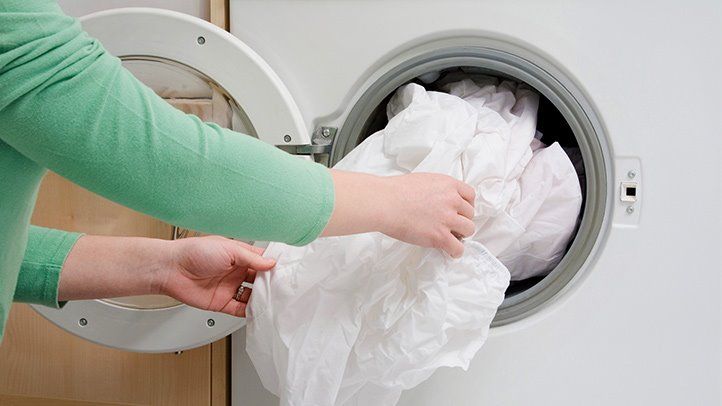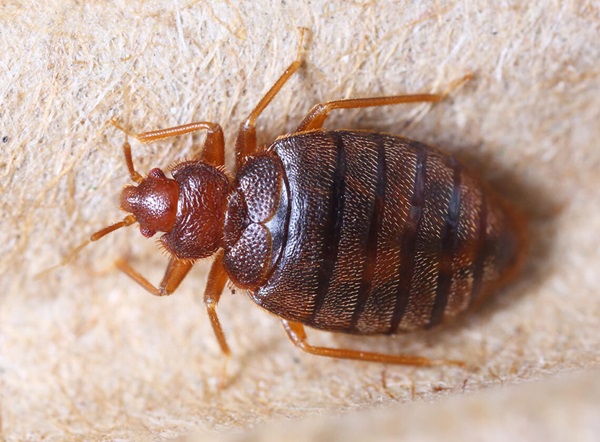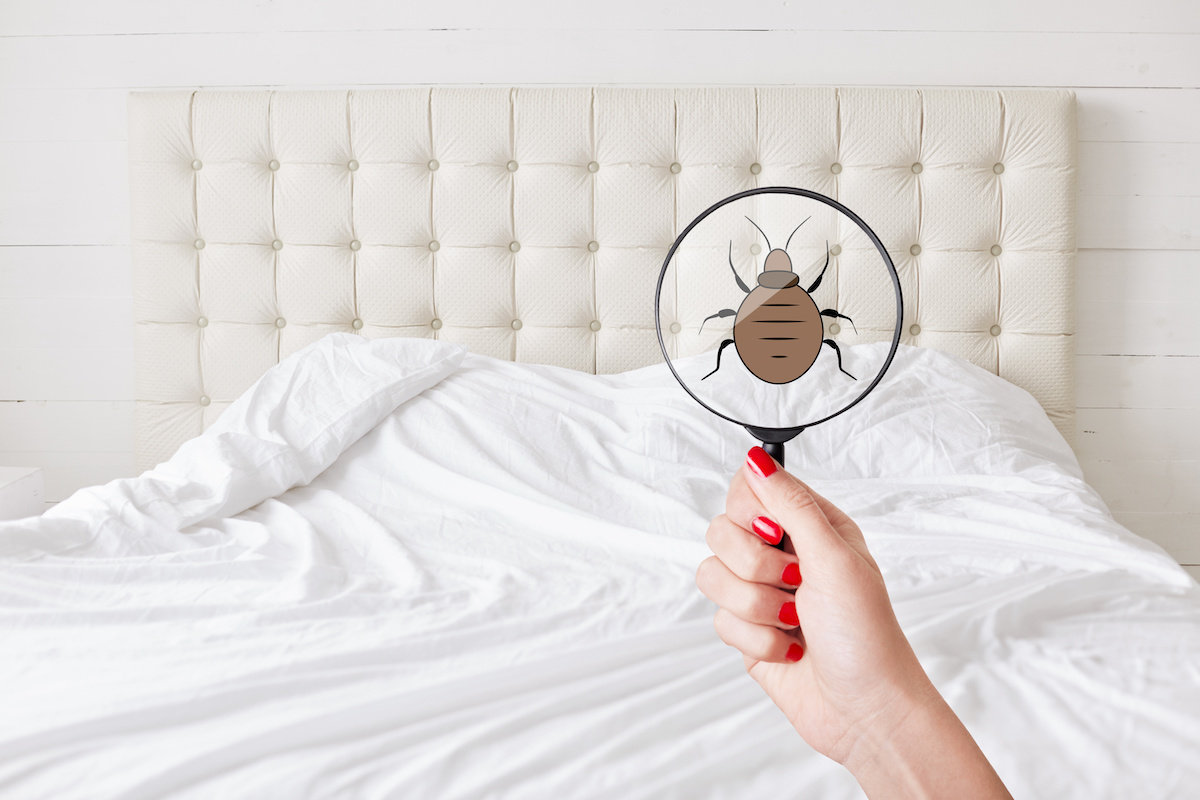
0861 800 300

Don’t let the bed bugs bite — or hitch a ride home with you!
It’s the start of our busy summer travel season, which could mean unintentionally bringing some unwanted guests into your home: bed bugs. Bed bugs are not choosy and will hitchhike with anyone, in your luggage, in books, on your clothes, or on other travelers clothes… Here are four tips you can follow to enjoy a stress-free vacation and avoid bringing bed bugs into your home.


Getting Rid of Bed Bugs
Bedbugs measure just 5 millimetres across, which is smaller than a pencil eraser. These bugs are smart and tough, and they reproduce quickly.
Bedbugs know where to hide to avoid detection and can live for months between meals. A female can lay 500 eggs in her lifetime. It’s no surprise that these tiny bloodsuckers can cause a lot of trouble in your home. If they get into bed with you, they can leave red, itchy welts all over your body.
Removing bedbugs often takes some time, effort and patience.

